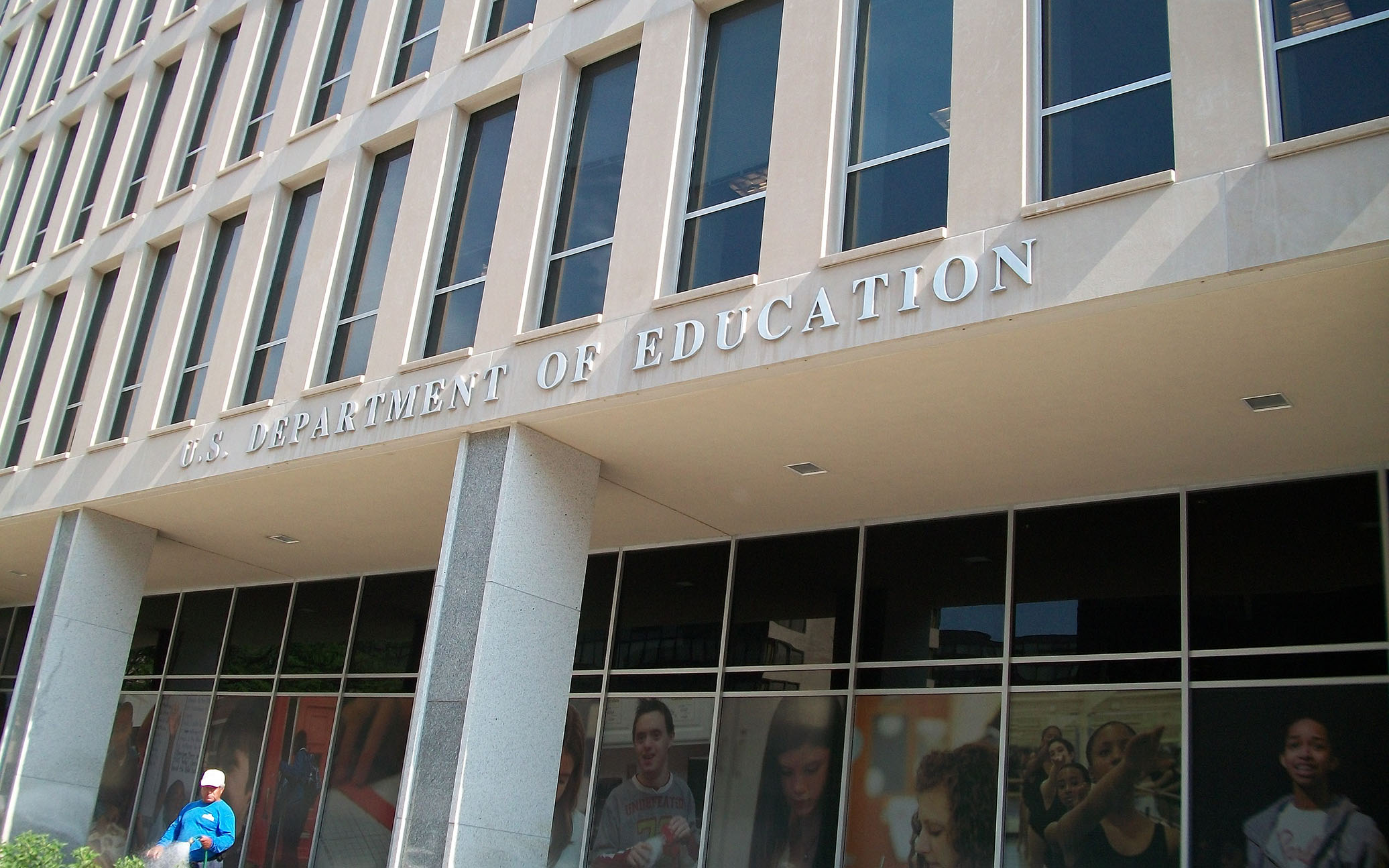New civil rights data from the U.S. Department of Education finds that students with disabilities are more likely to face disciplinary action than other students. (Anne Meadows/Flickr)
For the first time in years, federal education officials have released data showing how the experiences of students with disabilities in schools across the country differ from those of their peers, and the picture is grim.
According to the U.S. Department of Education’s most recent civil rights data collection, students with disabilities make up a higher percentage of public school students than they did just a few years ago, and at the same time, they are far more likely than other children to be restrained or segregated, suspended or expelled, or have the police called on them.
The information reflects the status of more than 17,000 school districts and more than 97,000 public schools during the 2020-2021 school year.
ADVERTISEMENT – CONTINUE READING BELOW
Current findings include insights into enrollment, as well as students’ courses, access to teachers and other school staff, the internet, and devices. Additionally, the data covers discipline, bullying, and other factors related to school environment.
“The data repeatedly shows that a student’s race, gender and disability continue to dramatically affect everything from access to advanced placement courses to the availability of school counselors to the use of exclusionary and traumatic disciplinary practices. We cannot let our guard down,” Education Secretary Miguel Cardona said.
The Department of Education typically collects civil rights data every two years, but those efforts have been suspended during the COVID-19 pandemic, and this release marks the first time since 2020 that officials have released data collected for the 2017-2018 school year.
According to the report, 17 percent of public school students nationwide have disabilities, of which 14 percent are covered by the Individuals with Disabilities Education Act and 3 percent are covered only by Section 504 of the Rehabilitation Act. By comparison, 15.9 percent of students enrolled in the 2017-2018 school year had disabilities.
New findings show that students with disabilities continue to be disproportionately affected by disciplinary actions — making up 29 percent of K-12 students who received out-of-school suspensions and 21 percent of students who were expelled — and are also more likely to be arrested or referred to police for school-related offenses.
Of the 42,500 harassment and bullying allegations reported by public school students in the 2020-2021 school year, 9% were based on disability.
IDEA-covered children are much more likely to experience restraint or seclusion than other children — 32 percent of children mechanically restrained, 81 percent of children physically restrained, and 75 percent of children segregated — and they are also less likely to take math and science courses.
“These new CRDC data reflect alarming disparities in students’ experiences in our nation’s schools,” said Katherine E. Lamon, assistant secretary for civil rights at the Department of Education. “We remain committed to working with school communities to ensure the full civil rights protections required by federal law.”
Read more stories like this: Sign up for Disability Scoop’s free email newsletter to receive the latest developmental disability news straight to your inbox.

